3-Day Adventure Itinerary: Discover Hidden Cartagena for Couples
Cartagena, Colombia
3 days





About Cartagena, Colombia
Experience the vibrant culture and rich history of Cartagena, Colombia. This UNESCO World Heritage Site is a treasure trove of colonial architecture, cobbled streets, and colorful buildings. Explore the historic walled city, visit the imposing Castillo de San Felipe, or relax on the stunning beaches of Islas del Rosario. Indulge in local cuisine, featuring fresh seafood and tropical fruits, and immerse yourself in the lively nightlife. Cartagena is also a gateway to explore the biodiversity of Colombia's rainforests and national parks. With its warm, tropical climate, Cartagena is a year-round destination, offering a unique blend of history, culture, and natural beauty.
3-Day Itinerary
Day 2
Boat Trip to the Rosario Islands
Morning
Start your second day with a boat trip to the Rosario Islands. Enjoy snorkeling and swimming in the crystal clear waters.
Lunch
Have a picnic lunch on the beach. Enjoy fresh fruits and local snacks.
Afternoon
Spend the afternoon exploring the islands. Take a nature walk or simply relax on the beach.
Dinner
Back in Cartagena, have dinner at a local restaurant. Try the local specialty, coconut rice.
Evening
After dinner, take a stroll along the city walls and enjoy the panoramic views of the city.
Day 3
Visit to La Popa Monastery and Getsemani Neighborhood Exploration
Morning
On your last day, visit the La Popa Monastery. Enjoy the stunning views of the city from the hilltop.
Lunch
Have lunch at a local restaurant in the Getsemani neighborhood. Try the local street food like arepas de huevo.
Afternoon
Spend the afternoon exploring the vibrant Getsemani neighborhood. Check out the street art and local shops.
Dinner
For your last dinner, try a traditional Colombian barbecue at a local restaurant.
Evening
End your trip with a visit to the Plaza de la Trinidad. Enjoy the lively atmosphere and local street performances.
Attractions in Itinerary (6)

1Walled City
The Walled City is the historic heart of Cartagena, filled with colonial architecture, charming plazas, and a myriad of restaurants, bars, and shops. It's a UNESCO World Heritage site.

2San Felipe de Barajas Castle
A fortress located on the Hill of San Lázaro. It's a UNESCO World Heritage site and one of the greatest fortresses ever built by the Spaniards in their colonies.

3Rosario Islands
A group of private islands off the coast of Cartagena, known for their vibrant coral reefs, crystal clear waters, and abundant marine life.

4La Popa Monastery
La Popa Monastery is a beautiful hilltop monastery offering panoramic views of Cartagena. It is known for its stunning architecture and religious significance.

5Getsemani
A vibrant neighborhood known for its bohemian atmosphere, street art, and nightlife.

6Plaza de la Trinidad
Plaza de la Trinidad is a vibrant square located in the Getsemani neighborhood of Cartagena. It's a popular spot for locals and tourists alike, offering a glimpse into the city's culture and daily life.
Local Food and Drinks (12)
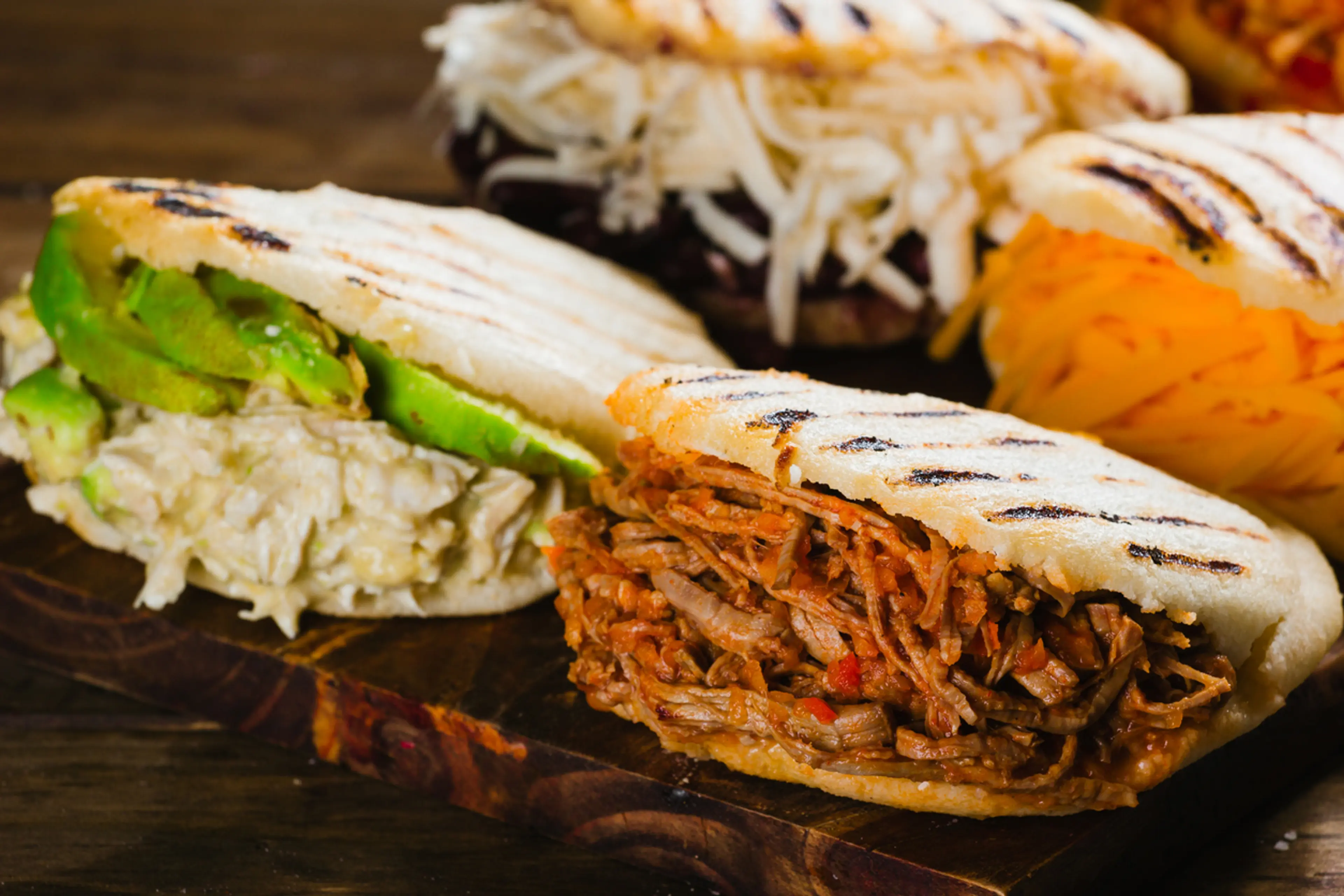
Arepas
Arepas are a type of food made of ground maize dough or cooked flour prominent in the cuisine of Colombia. They are often filled with cheese, meat, or eggs.
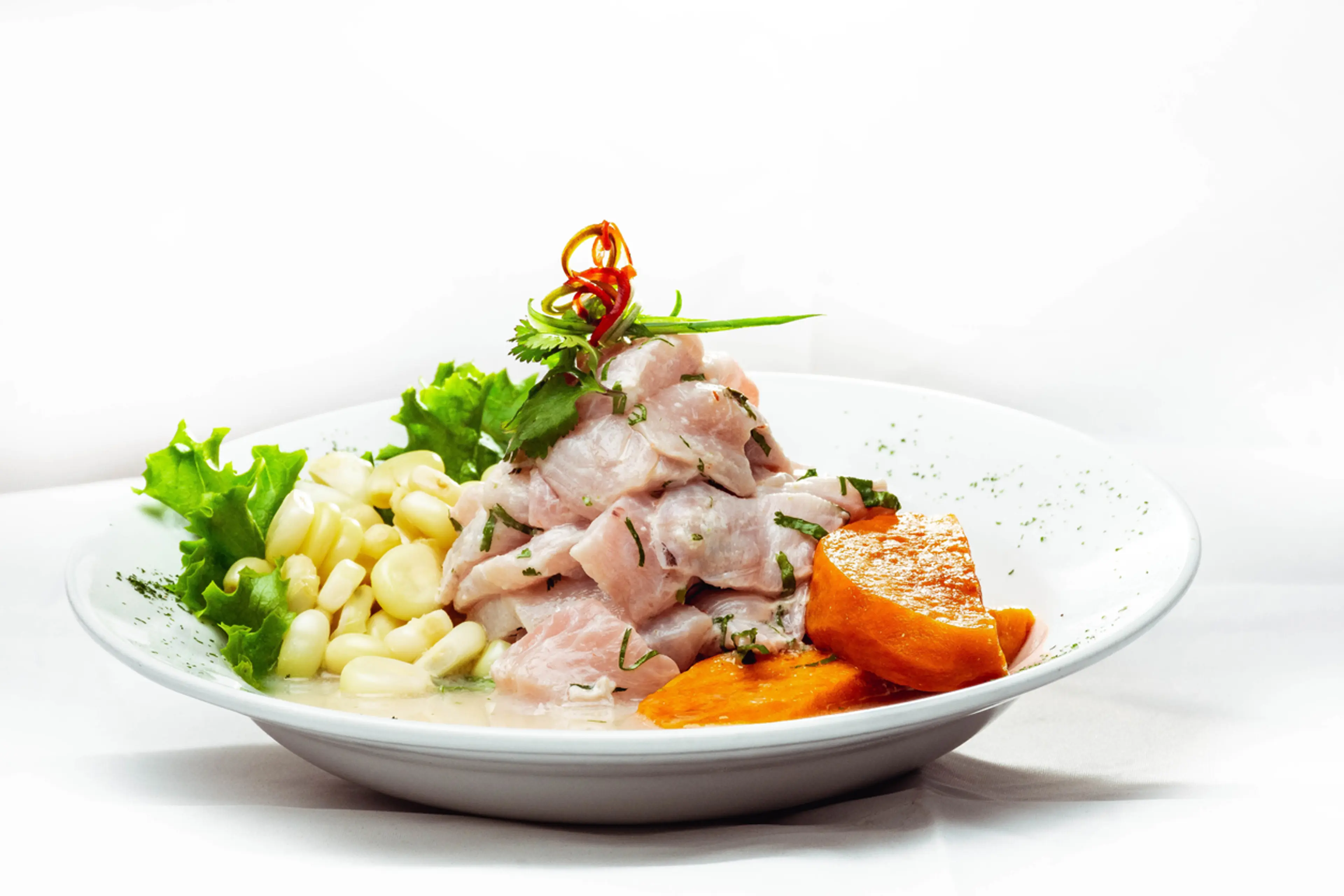
Ceviche
Ceviche is a seafood dish popular in the coastal regions of Colombia, especially in Cartagena. It is typically made from fresh raw fish cured in citrus juices and spiced with chili peppers, onions, and cilantro.
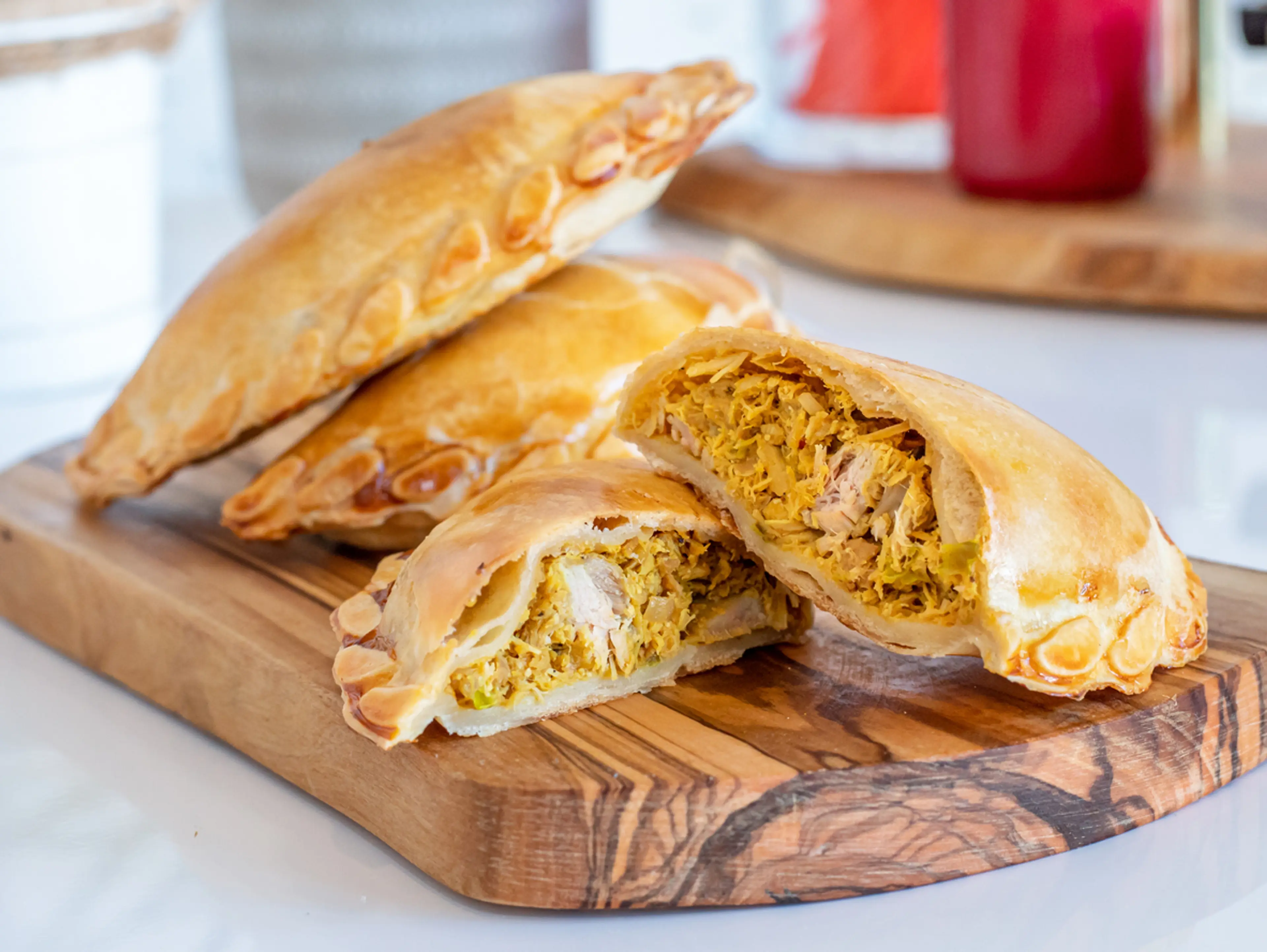
Empanadas
Empanadas are a type of baked or fried turnover consisting of pastry and filling, common in Latin American and Filipino cultures. In Cartagena, they are typically filled with meat, cheese, or vegetables.
Posta Negra
Posta Negra is a traditional Cartagena dish made from beef, cooked slowly in a sauce of spices, panela (unrefined whole cane sugar), and cola soda.

Sancocho
Sancocho is a traditional Colombian soup made with large pieces of meat, tubers, and vegetables. It's a staple dish in Cartagena and is often served with a side of rice and avocado.
Pargo Rojo Frito
Pargo Rojo Frito is a popular dish in Cartagena, consisting of red snapper fried whole and typically served with coconut rice and fried plantains.
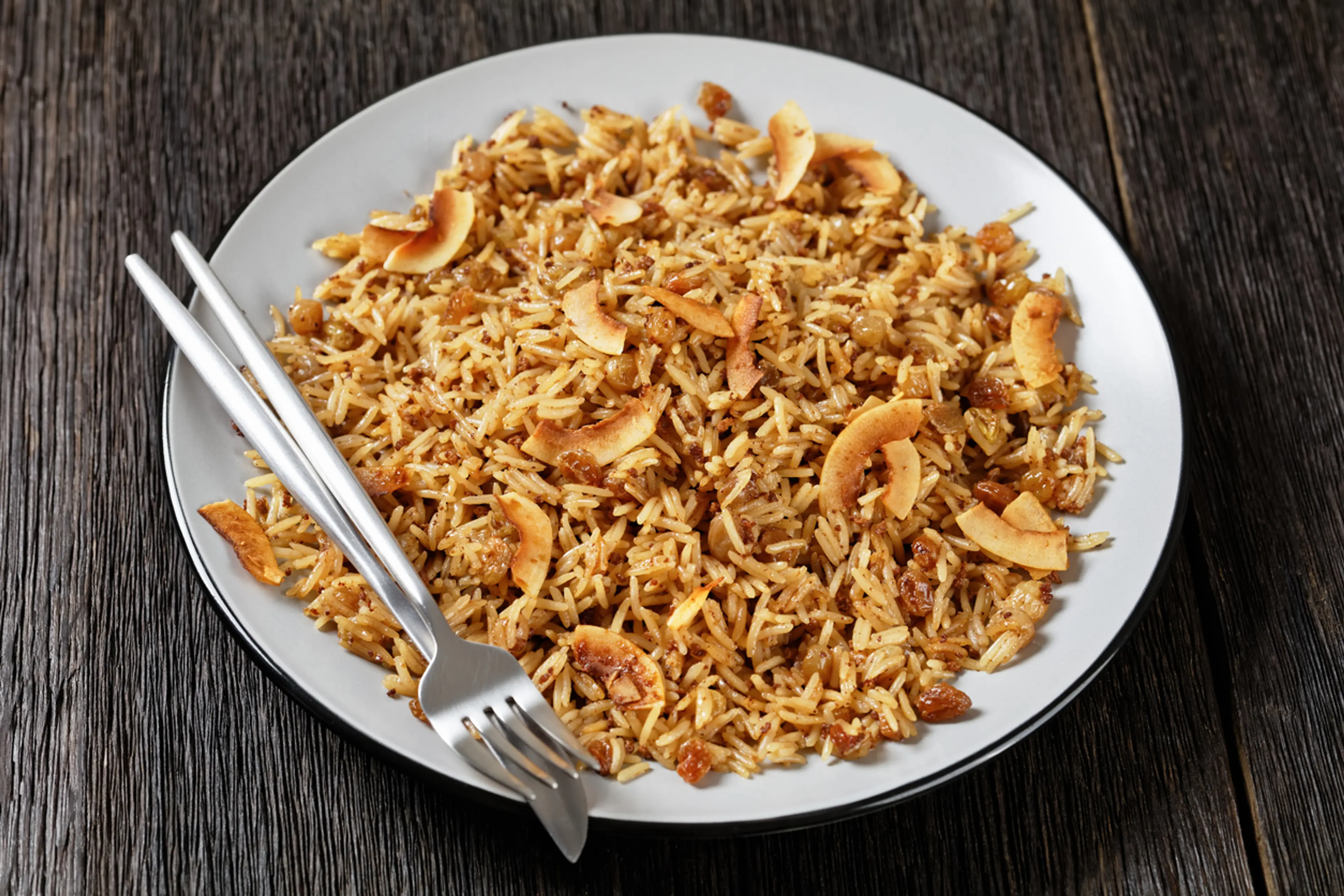
Arroz con Coco
Arroz con Coco is a traditional Colombian side dish made from rice cooked with coconut milk and sugar. It's a staple in Cartagena and is often served with fish dishes.

Raspao
Raspao is a popular street drink in Cartagena, made from crushed ice and flavored syrups. It's a refreshing treat in the city's tropical climate.
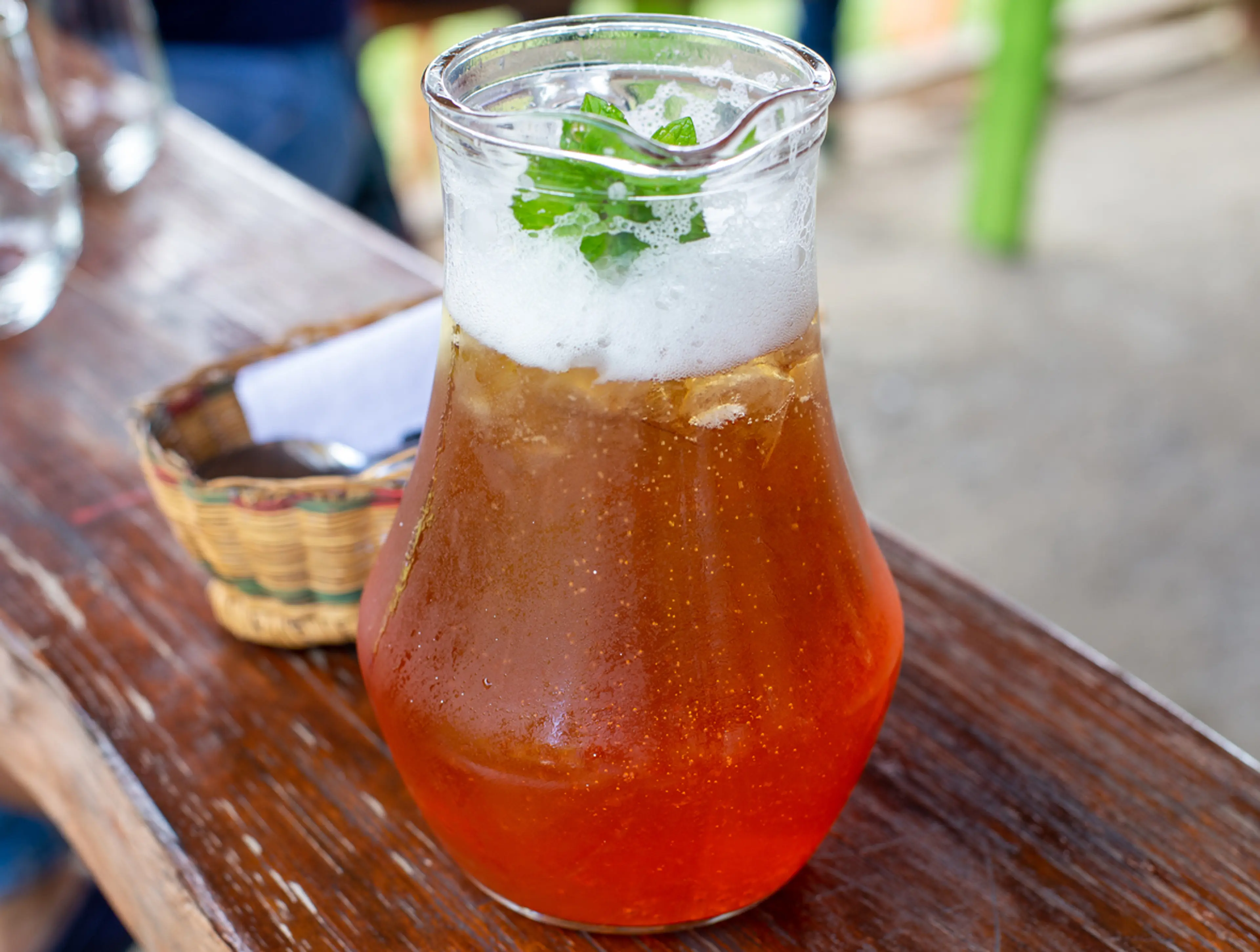
Refajo
Refajo is a traditional Colombian cocktail made from a mix of beer and Colombian soda. It's a popular drink in Cartagena, especially during festivals and celebrations.

Obleas
Obleas are a popular dessert in Cartagena, made from two thin wafers filled with arequipe (sweetened condensed milk) and cheese.
Chicha de Maiz
Chicha de Maiz is a traditional Colombian beverage made from fermented corn. It's a popular drink in Cartagena, often served in clay pots for added flavor.
Enyucado
Enyucado is a traditional dessert from Cartagena, made from yuca, cheese, coconut, and anise. It's a sweet and savory treat often served during holidays and celebrations.
Best time to visit
The best time to visit Cartagena, Colombia is during the dry season, which runs from December to March. During these months, you can expect warm, sunny days perfect for exploring the city's historic sites and beautiful beaches. This period also coincides with the city's high season, so it's a vibrant time with many cultural events and festivals taking place. However, if you prefer a less crowded time, the shoulder months of April, May, October, and November can also offer good weather with fewer tourists.
How to get around
Walk
Cartagena's Old Town is compact and easy to navigate on foot. It's the best way to explore the city's colonial architecture, vibrant street life, and numerous shops and restaurants.
Taxi
Taxis are plentiful in Cartagena and can be hailed on the street or ordered through a hotel. They are a convenient way to get around, especially for longer distances or when carrying luggage. However, they do not have meters, so it's important to negotiate the fare before starting the journey.
Ridesharing
Ridesharing services like Uber and InDriver are available in Cartagena. They offer a convenient and often cheaper alternative to taxis. You can order a ride using the app on your smartphone, and the fare is calculated and paid electronically.
Bicycle
Bicycles are a popular mode of transport in Cartagena, especially in the Getsemani neighborhood and along the beachfront. There are several places where you can rent a bike for the day.
Public Bus
Public buses are a cheap way to get around Cartagena, but they can be crowded and the routes can be confusing for visitors. They are best used for longer distances, such as going to the beaches in the north of the city.
Chiva Bus
The Chiva Bus is a traditional, brightly painted wooden bus that is often used for city tours and party buses at night. It's a fun and unique way to see the city, but not the most practical for everyday transport.
Horse-drawn Carriage
Horse-drawn carriages are a romantic and traditional way to see the Old Town of Cartagena. They can be hired for a leisurely tour of the city's historic sites.
Boat
Boats can be hired for trips to the nearby Rosario Islands, a beautiful archipelago with clear waters and abundant marine life. This is a popular day trip from Cartagena.
Important information
Currency$ COP
Time zoneUTC-5
Driving sideRight
Emergency phone119
Drinking waterOpt for bottled water
Power sockets
Voltage110 V
Things to know about Cartagena, Colombia as a first time visitor
1
Cartagena is located on Colombia's Caribbean coast and is known for its tropical climate. The average temperature is around 82°F (28°C).
2
The official language is Spanish. While some locals and staff in tourist areas may speak English, it's beneficial to know some basic Spanish phrases.
3
The local currency is the Colombian Peso (COP). Credit cards are widely accepted in hotels, restaurants, and shops, but it's always a good idea to have some cash on hand for smaller vendors.
4
Tipping is not mandatory in Colombia, but it is customary to leave a 10% tip in restaurants if service charge is not included in the bill.
5
Cartagena is generally safe for tourists, but like any city, it's important to be aware of your surroundings, especially at night and in less crowded areas.
6
Public transportation is available and includes buses, taxis, and 'colectivos' (shared taxis). Uber is also available.
7
The city is divided into various neighborhoods, each with its own unique charm. The most famous is the walled Old Town, which is a UNESCO World Heritage site.
8
The local cuisine is a mix of African, Spanish, and indigenous flavors. Be sure to try local dishes like 'ceviche', 'arepas', and 'empanadas'.
9
Tap water in Cartagena is generally safe to drink, but if you have a sensitive stomach, it's recommended to stick to bottled water.
10
Cartagena is in the Colombian Standard Time zone (COT), which is 5 hours behind Coordinated Universal Time (UTC-5).
11
The city is known for its vibrant nightlife, with numerous bars, clubs, and live music venues. The party often continues until the early hours of the morning.
12
The dress code is generally casual due to the tropical climate. However, it's recommended to bring a light jacket for cooler evenings and air-conditioned places.
13
Colombians are known for their friendliness and hospitality. Don't hesitate to ask for help or directions if needed.
14
It's common to haggle in markets and with street vendors. However, prices in shops and restaurants are usually fixed.
15
The city has a strong Afro-Caribbean influence, which is reflected in its music, dance, and festivals. Don't miss the chance to experience a live 'cumbia' performance.
16
The sun can be intense, so it's important to wear sunscreen, especially between 10am and 4pm when UV levels are highest.
17
The city is a popular destination for cruise ships, so it can get crowded during the peak tourist season (December to April).
18
Public restrooms are not always readily available, especially in the Old Town. It's common to use the restroom in a cafe or restaurant, but you may be expected to make a small purchase.
19
Colombia uses a 110-volt power system, the same as the United States. If you're traveling from a country that uses a different voltage, you'll need a power adapter.
20
Cartagena is a city of contrasts, with modern high-rises next to colonial-era buildings. It's a place where you can experience both the old and the new, so keep an open mind and enjoy all that the city has to offer.
Basic Spanish to know as a first time visitor
English phrase | Native phrase | Pronunciation | When to use it |
|---|---|---|---|
Hello | Hola | O-la | Greeting someone |
Goodbye | Adiós | A-dee-os | Leaving or saying goodbye |
Please | Por favor | Por fa-vor | Making a request |
Thank you | Gracias | Gra-see-as | Expressing gratitude |
Yes | Sí | See | Agreeing or confirming |
No | No | No | Disagreeing or denying |
Excuse me | Perdón | Per-don | Getting attention or apologizing |
I'm sorry | Lo siento | Lo see-en-to | Apologizing |
Do you speak English? | ¿Hablas inglés? | Ab-las in-gles | Asking if someone speaks English |
I don't understand | No entiendo | No en-tee-en-do | When you don't understand what was said |
Where is...? | ¿Dónde está...? | Don-de es-ta | Asking for directions |
Bathroom | Baño | Ban-yo | Looking for a restroom |
Help | Ayuda | A-yu-da | In case of emergency |
Food | Comida | Co-mee-da | When looking for food |
Water | Agua | A-gwa | When asking for water |
Beer | Cerveza | Ser-ve-sa | When ordering a beer |
Check, please | La cuenta, por favor | La kwen-ta, por fa-vor | Asking for the bill |
How much does it cost? | ¿Cuánto cuesta? | Kwan-to kwes-ta | Asking for the price |
I would like... | Me gustaría... | Me gus-ta-ree-a | Making a request or order |
Good night | Buenas noches | Bwe-nas no-ches | Saying goodbye in the evening |
Packing List
Clothing
Lightweight clothing
Underwear
Socks
Swimwear
Beach cover-up
Sunglasses
Sun hat
Comfortable walking shoes
Evening wear
Light jacket or sweater
Toiletries
Travel-sized shampoo and conditioner
Body wash
Toothbrush and toothpaste
Deodorant
Razor and shaving cream
Sunscreen
Insect repellent
First-aid kit
Prescription medications
Contact lenses and solution
Travel documents and essentials
Passport
Driver's license or ID card
Credit and debit cards
Cash and coins
Travel insurance documents
Hotel and tour reservation confirmations
Emergency contact information
Electronics and gadgets
Smartphone
Charger for smartphone
Headphones
Camera
Charger for camera
Power adapter
Portable power bank
Miscellaneous items
Travel pillow
Earplugs and eye mask
Snacks
Water bottle
Books or e-reader
Travel guide and map
Spanish-English dictionary or phrasebook
Umbrella
Laundry bag
Weather Conditions
When visiting Cartagena, Colombia, it's important to be prepared for a tropical climate. The city experiences high temperatures throughout the year, typically ranging from 76°F to 88°F (24°C to 31°C). Humidity levels are also high, often reaching 80-90%, which can make the heat feel more intense. The city has two main seasons: dry and wet. The dry season runs from December to April, and it's the best time to visit if you prefer hot, sunny weather. However, even during the dry season, brief rain showers can occur, so it's always a good idea to carry a lightweight, waterproof jacket or umbrella. The wet season, from May to November, sees more rainfall, particularly in the months of September and October. If you're visiting during this time, be prepared for sudden, heavy downpours. Despite the rain, temperatures remain high, so pack lightweight, breathable clothing. Regardless of when you visit, don't forget to pack sun protection. The sun can be intense in Cartagena, so bring a hat, sunglasses, and plenty of high-SPF sunscreen. Also, remember to stay hydrated, especially when out exploring the city's beautiful historic sites. Finally, keep an eye on the local weather forecast during your stay. While Cartagena is not typically affected by hurricanes, it can experience heavy rainfall and storms, particularly during the wet season. Being aware of the weather can help you plan your activities and stay safe during your visit.
| Month | Hi / Lo (°C) | Weather Overview |
|---|---|---|
January | 31° / 23° | January is one of the cooler months in Cartagena, but still very warm with average temperatures ranging from 23°C to 31°C. It's a great time to visit for those who prefer less intense heat. |
February | 32° / 24° | February sees a slight increase in temperature, with averages between 24°C and 32°C. It's a perfect time for beach activities and exploring the city. |
March | 33° / 25° | March is one of the hottest months in Cartagena, with temperatures ranging from 25°C to 33°C. Make sure to stay hydrated and protect yourself from the sun. |
April | 33° / 25° | April continues the hot trend with temperatures similar to March. It's a great time to enjoy the beaches and the Caribbean Sea. |
May | 33° / 25° | May is still quite hot, with temperatures ranging from 25°C to 33°C. It's a good time to visit if you enjoy hot weather and want to avoid the peak tourist season. |
June | 33° / 25° | June sees consistent temperatures, similar to May. It's a great time to explore the city's historical sites and enjoy the local cuisine. |
July | 33° / 25° | July is a hot month with temperatures ranging from 25°C to 33°C. It's a perfect time for water activities and exploring the city's vibrant nightlife. |
August | 33° / 25° | August continues the trend of hot weather, with temperatures similar to July. It's a great time to visit the beautiful Rosario Islands. |
September | 33° / 25° | September is a hot month, with temperatures ranging from 25°C to 33°C. It's a good time to visit if you enjoy hot weather and want to avoid the peak tourist season. |
October | 32° / 24° | October sees a slight decrease in temperature, with averages between 24°C and 32°C. It's a perfect time for beach activities and exploring the city. |
November | 32° / 24° | November is a warm month with temperatures ranging from 24°C to 32°C. It's a great time to visit for those who prefer less intense heat. |
December | 31° / 23° | December is one of the cooler months in Cartagena, but still very warm with average temperatures ranging from 23°C to 31°C. It's a great time to visit for those who prefer less intense heat. |
Did you know?
Places near by Cartagena, Colombia

Rosario Islands
A beautiful archipelago with clear waters and diverse marine life. Perfect for snorkeling and diving.

Volcan de Lodo El Totumo
A unique mud volcano where you can take a therapeutic mud bath.

Barranquilla
Known for its Carnival, one of the biggest carnivals in the world.

Santa Marta
A city with beautiful beaches and the gateway to the Tayrona National Natural Park.

Tayrona National Natural Park
A stunning national park with beautiful beaches and hiking trails.

Medellin
Known as the 'City of Eternal Spring' for its pleasant weather. Famous for its annual Flower Festival.

Bogota
The capital city of Colombia, known for its rich history and culture.
